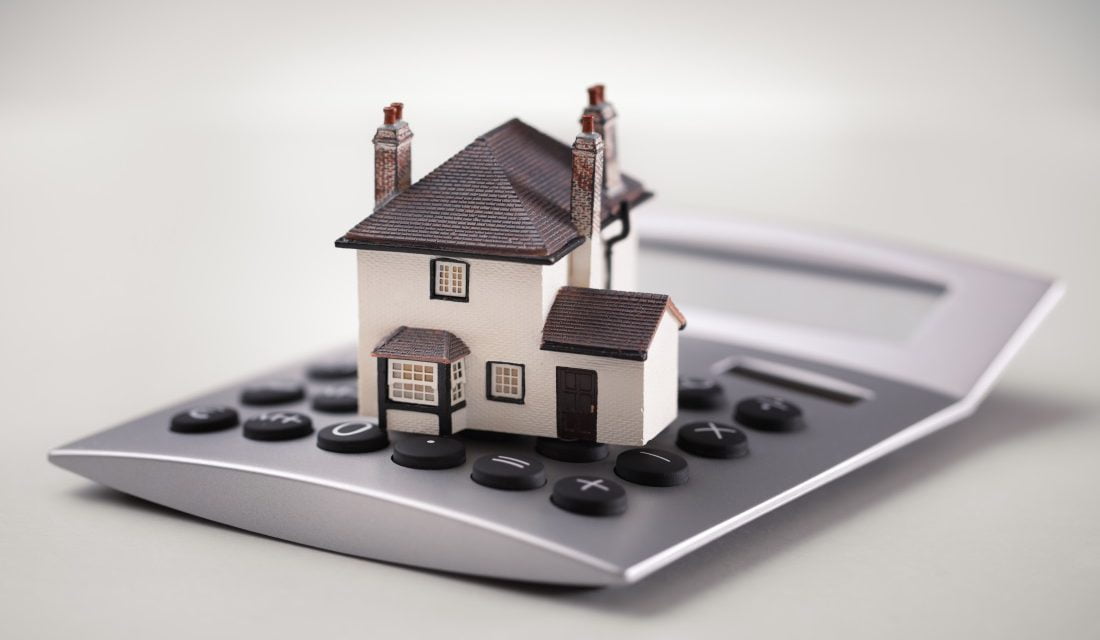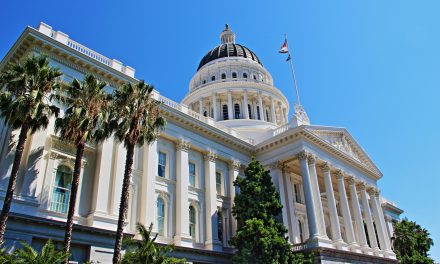You may have heard that rising interest rates are bad for housing. But how exactly do rising interest rates impact the housing market? This article spells out how rising interest rates in 2018 have already influenced housing here in California and the U.S., and how they will impact the real estate market going forward.
Interest rate movement: a real-life example
The average interest rate on a 30-year fixed rate mortgage (FRM) was 4.74% in November 2018. Compared to a year earlier when the average rate was 3.82%, interest rates are nearly a full percentage point higher.
This translates to a significant loss in buyer purchasing power, or the amount of money a typical, mortgage-reliant homebuyer has available to spend on a home purchase. When rates rise, homebuyers who require mortgage financing (in contrast with all-cash buyers, who are mostly investors) spend more of their monthly payments on interest rather than paying down mortgage principal.
Therefore, with the same monthly payment they are unable to qualify for the same purchase amount as under the previously low interest rates.
For example, consider the following two scenarios:
| Old rate | New rate | |
| Interest rate | 3.82% | 4.74% |
| Down payment | $100,000 | $100,000 |
| Purchase price | $500,000 | $500,000 |
| Monthly payment (principal + interest) | $1,868 | $2,084 |
| Difference | — | $216 |
The higher interest rate results in a loss of $216 a month of the homebuyer’s money. In other words, they are spending an additional $216 than they would have if they had purchased under the same conditions a year earlier when interest rates were lower.
But what if a homebuyer is operating at the top of the budget, and simply doesn’t have additional money to spend? The result is they qualify for a lower purchase price.
| Old rate | New rate | |
| Interest rate | 3.82% | 4.74% |
| Down payment | $100,000 | $100,000 |
| Maximum monthly payment (principal + interest) | $1,868 | $1,868 |
| Purchase price | $500,000 | $458,500 |
| Difference | — | $41,500 |
In this example, today’s homebuyer is able to qualify for a significantly less expensive property under the higher interest rate. Beyond the difference of a couple thousand dollars, this property — $41,500 less than last year’s potential purchase — is an entirely different home with fewer amenities or a less desirable location.
Each homebuyer’s situation is different, but the fact is rising interest rates negatively impacts each and every mortgaged buyer’s purchasing power.
How rates impact the market
Moving beyond the individual scenario presented, how do rising interest rates impact the larger housing market?
In the example used above, our homebuyer qualifies for a home $43,000 less than at the average interest rate a year earlier. In the interim, their income may have increased or they may have been able to save more for a down payment. But the overall effect of decreased mortgage principal remains.
Since the vast majority of homebuyers require a mortgage, the broad impact across the market is one of homebuyers qualifying for reduced principal amounts at a large scale.
As homebuyers are only able to qualify for smaller mortgage amounts, this impacts the price buyers are able to pay for property. However, used to qualifying for higher amounts, homebuyers will seek to purchase the same types of property, but at a lower price.
First, homebuyers become discouraged and home sales volume slows. Then, as homes sit longer unsold and price cuts become more common, price momentum then slows and soon reverses course.
As interest rates have increased at a steady clip since late-2017, the impacts are already being felt across California. For example, home sales volume in September 2018 was 14% below a year earlier, translating to 5,500 fewer sales in that single month. Likewise, price cuts are at a post-recession high as of September 2018. On a month-by-month basis, California home prices are dipping in the mid- and high-price tiers, while low-tier price increases are slowing but soon will also dip.
What’s ahead for interest rates
To forecast the future of interest rates, first we have to understand why interest rate movement occurs. The answer goes back to the Federal Reserve (the Fed).
The Fed acts to raise and lower interest rates in order to keep the economy in check and prevent a disastrous economic boom or bust (like occurred during the Millennium Boom and ensuing Great Recession). Moderate economic activity for inflation and employment is their goal. To achieve this goal, they are at this point in this economic cycle still raising their key interest rate. Eventually if continued, the Fed rate increases will act to induce a moderate business recession, anticipated to arrive in 2020.
Ideally, the economy would not have a business cycle of ups and downs, but remain constant and predictable. However, consumers and producers are not constant in their actions, which results in rising inflation and employment. Thus, a slowdown is in order from the over consumption and production of these past few years. In contrast, an uptick in consumption and production occurs in the recovery following a recession.
Once an economic slowdown required to keep inflation and employment from acceleration beyond an optimum rate of growth is imminent – called a recession – the Fed will pull their foot off the rate-increase pedal and reduce short-term interest rates for a time. Looking forward, in 2020-2021 homebuyers and sellers can expect to see slightly lower mortgage interest rates as a result of this Fed action.
While the Fed works to facilitate an enduring pace in the economy, it’s the long-term interest rates demanded in the 10-year Treasuries that set the rate homebuyer’s pay for mortgage money. Between the two sets of rates – one short-term, one long term – a strange dance takes place. If the Fed’s short-rate action – a tight monetary policy – is viewed by bond market investors as slowing the US economy, then the long-term rates will start to drop. In turn, mortgage interest rates will follow the long-term rate drop.
Conversely, if the Fed’s action is viewed as encouraging consumption and employment – a loose monetary policy – the long-term interest rates demanded by 10-year Treasury investors will rise anticipating a demand for bond money to finance an expansion of the economy which occurs when recessions take place.
But there is a larger force also at work on interest rates, and that is the 60-year interest rate cycle in which rates tend to rise for 30 years, then fall over the next 30 years. We have recently emerged from the bottom of the last 60-year cycle, with interest rates bottoming in 2012.
Going forward, though rates may bump along from month-to-month, the overall trend will be up. Because we know how interest rates impact prices, we know future home price increases will be limited by these higher rates.
While this is bad news for owners interested in rapidly rising home prices, it is good news for overall market stability – real estate brokers and agents. No matter the interest rate movement, homeownership maintains its allure. It’s a reality homebuyers and sellers will grow to live with, but an understanding by real estate professionals of why the Fed acts on monetary policy as it does, and the consequences of Fed action on bond market investors, and in turn mortgage rates, will better guide them in the years ahead.
Related article:
The lull before the storm: 16 factors set to rise with interest rates














